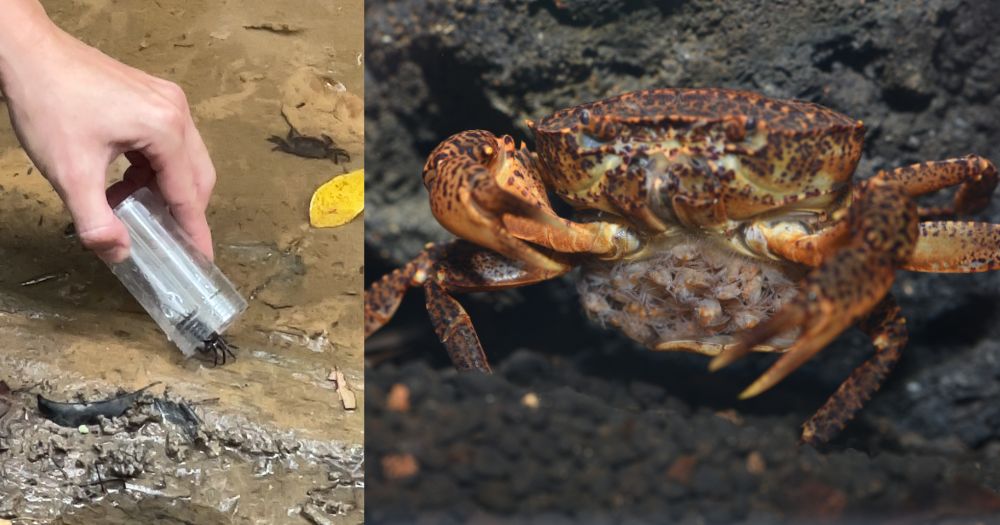Follow us on Telegram for the latest updates: https://t.me/mothership sg
On June 20, 20 crabs that were bred in captivity were released into the wild.
 Gif by Kow Zi Shan.
Gif by Kow Zi Shan.
Found only in Singapore's sole primary freshwater swamp forest
The release was conducted as part of the National Parks Board's (NParks) conservation efforts for native wildlife.
Just 4cm long, this is no ordinary crab species.
The Swamp forest crab is critically endangered globally. It is estimated that there are a few hundred mature individuals in the wild.
It is only known to be found in parts of Nee Soon Swamp Forest, and nowhere else in the world.
Nee Soon Swamp Forest is the only remaining patch of primary freshwater swamp forest in Singapore.
The species was discovered there in the 1990s but researchers shared it can also be found in small numbers in adjacent streams.
Project started in 2018
The crab species is one of over 120 species NParks is conserving as part of its species recovery programme.
To breed them, the agency collected 12 adult individuals from Nee Soon Swamp Forest in Central Catchment Nature Reserve in December 2018.
They were brought into its research facility at the Centre for Urban Greenery and Ecology (CUGE) in Singapore Botanic Gardens.
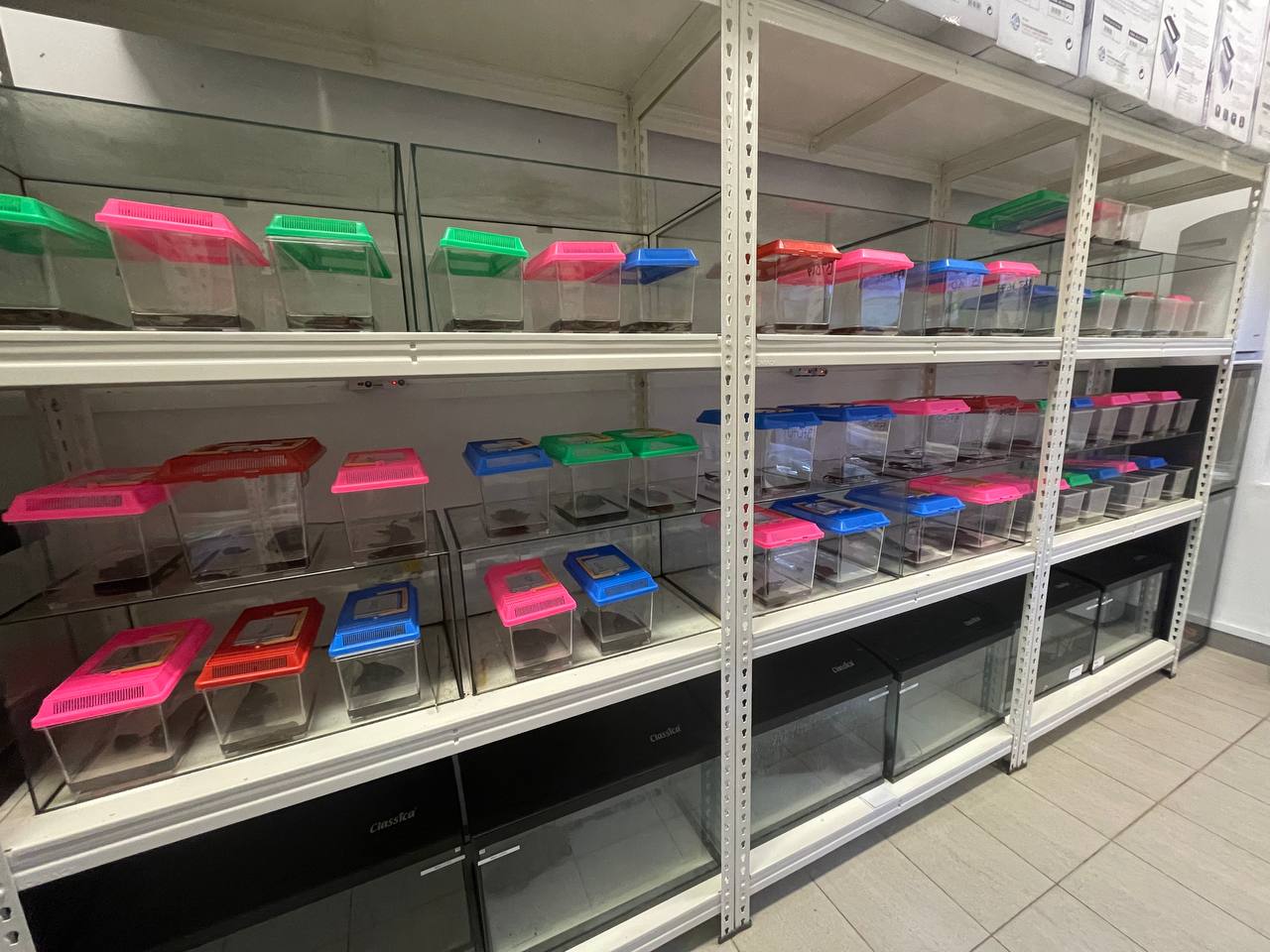 Swamp forest crabs at CUGE. Image by Kow Zi Shan.
Swamp forest crabs at CUGE. Image by Kow Zi Shan.
Around 300 offsprings were produced by this founding captive population in July and August 2019.
Daniel Ng, manager at the National Biodiversity Centre at NParks, shared that a majority of them were released to Nee Soon Swamp Forest to boost its wild population.
He added that they gather that the current population at Nee Soon Swamp Forest is "stable", although it is difficult to ascertain a good estimate of its actual number.
The rest of the offsprings produced a second generation of 180 crablets in the lab in January and February 2022, 20 of which were released on June 20.
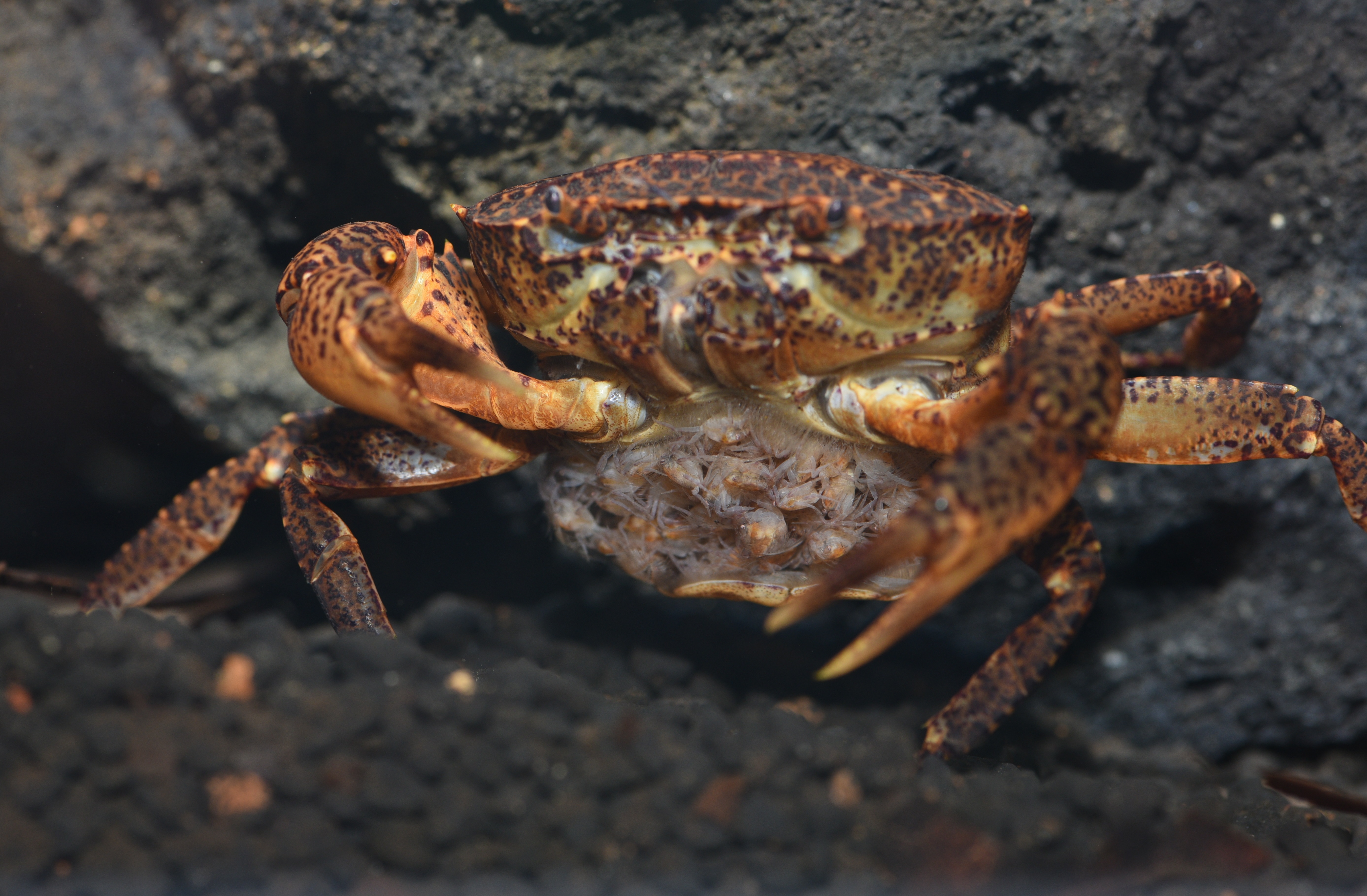 Female swamp forest crab with crablets. Image by NParks.
Female swamp forest crab with crablets. Image by NParks.
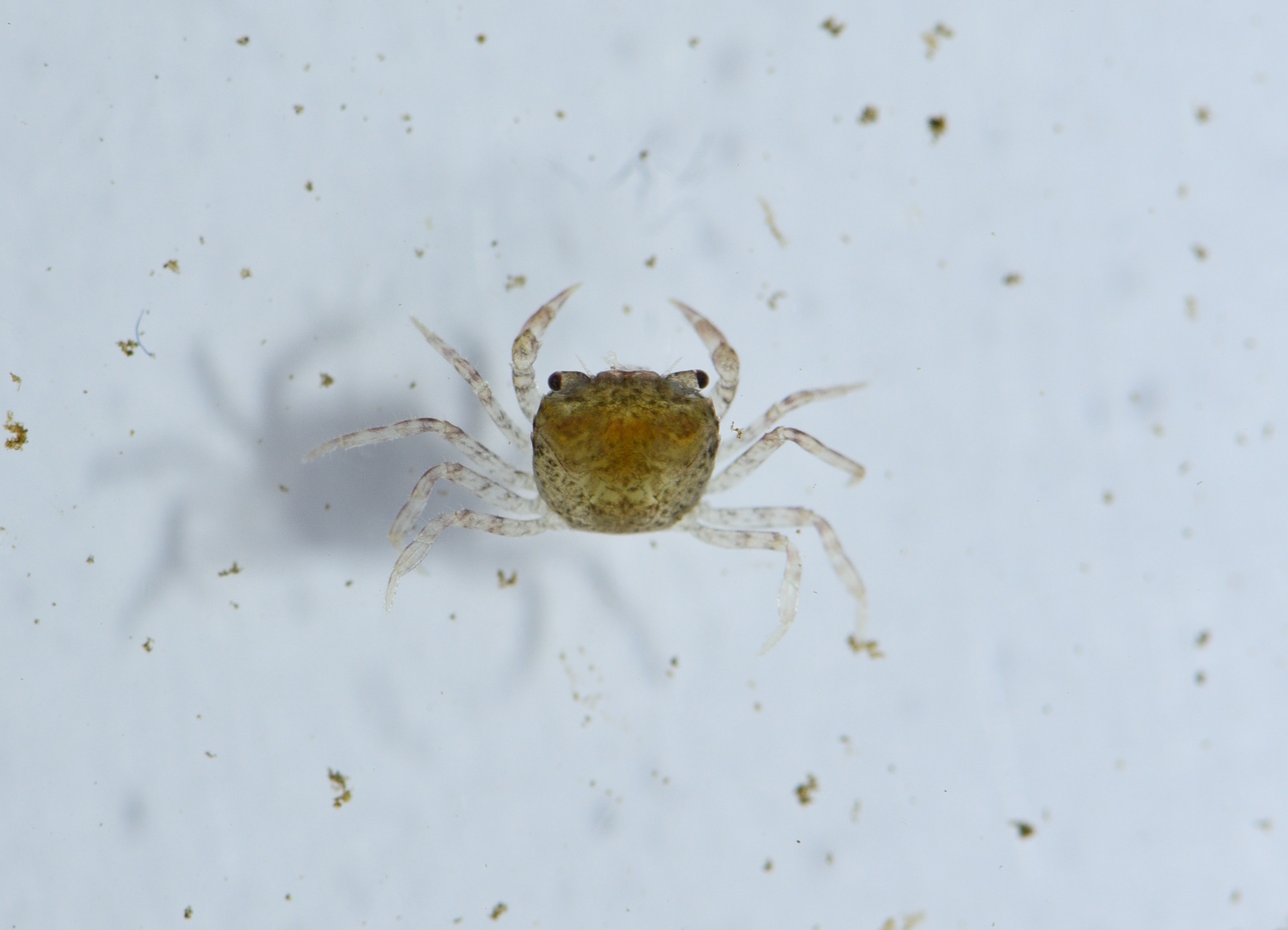 A swamp forest crablet. Image by NParks.
A swamp forest crablet. Image by NParks.
Bred in captivity for the first time
Freshwater crabs are scavengers that feed on plant matter, helping to break down leaves that fall into the stream so its nutrients can be released back into the ecosystem.
This elusive crab species digs burrows in the mud and is only active at night.
NParks said that this is the first successful ex-situ -- meaning away from natural habitat -- conservation effort for a freshwater crab found primarily in a freshwater swamp forest.
Breeding the crab in captivity is a key approach in their conservation strategy as they "occur in small numbers with limited distribution and do not disperse well", according to a recent publication by NParks researchers, including Ng.
The project demonstrated that the species can be reared and bred in captivity, and allowed researchers to learn more about the life cycle and mating characteristics of this secretive crab species, which will guide future conservation measures.
One significant finding is that the species, which is found in acidic waters, is more tolerant to neutral waters than expected.
This potentially expands its possible home range to beyond just swamp forests, shared Ng.
In hopes that the species will establish new populations in the wild, after ensuring its suitability as a habitat, the crabs were released into a stream at an undisclosed nature park where the species is not known to be found in.
Conserving freshwater crabs in Singapore
There are three species of freshwater crabs endemic to Singapore -- meaning they are only found here -- the Singapore freshwater crab, Swamp forest crab and Johnson's freshwater crab.
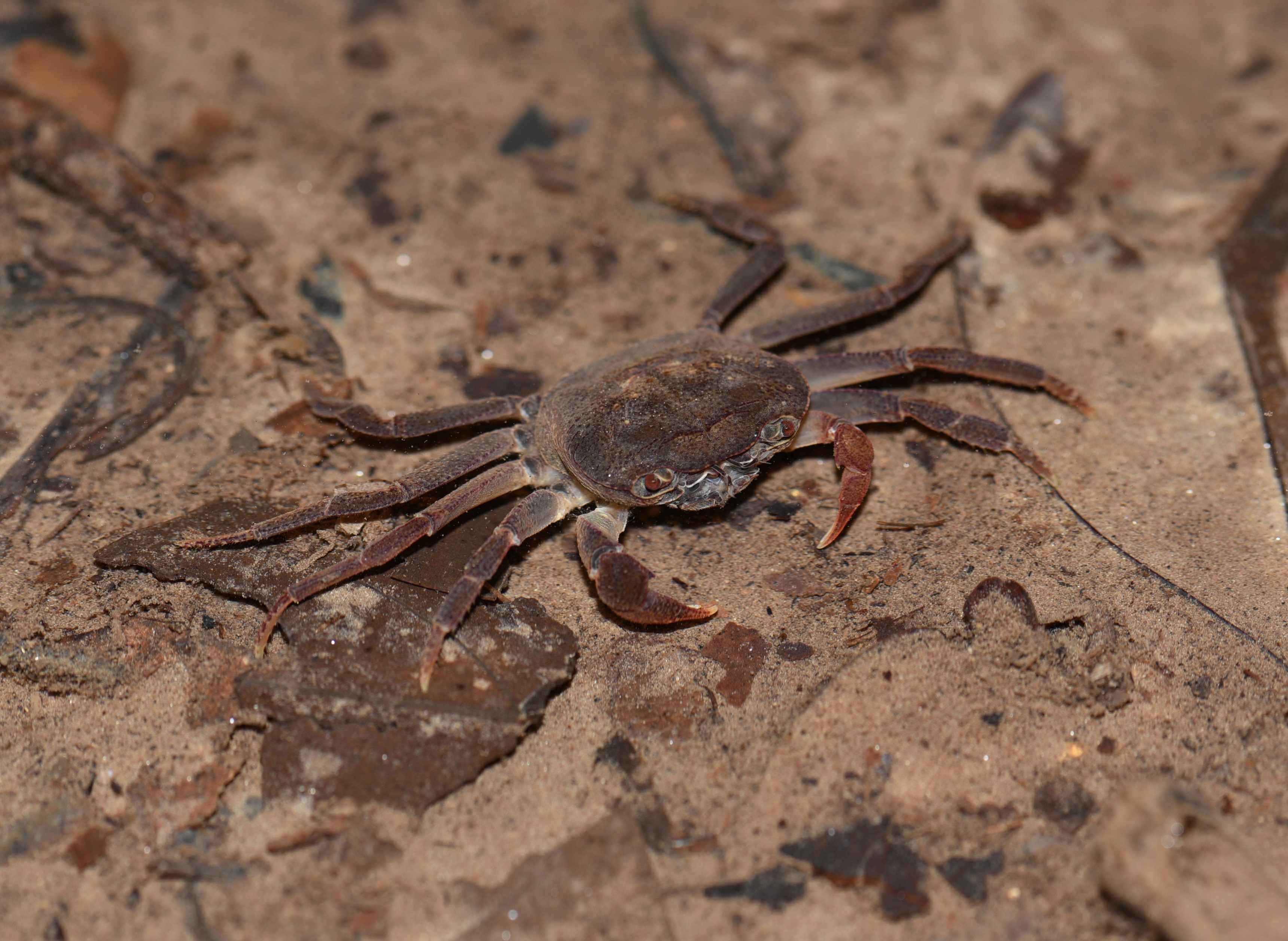 Johnson's freshwater crab in the wild. Image by NParks.
Johnson's freshwater crab in the wild. Image by NParks.
Ryan Lee, group director of the NParks' National Biodiversity Centre, gave an update to the conservation efforts for the Singapore freshwater crab Johora singaporensis, another critically endangered species.
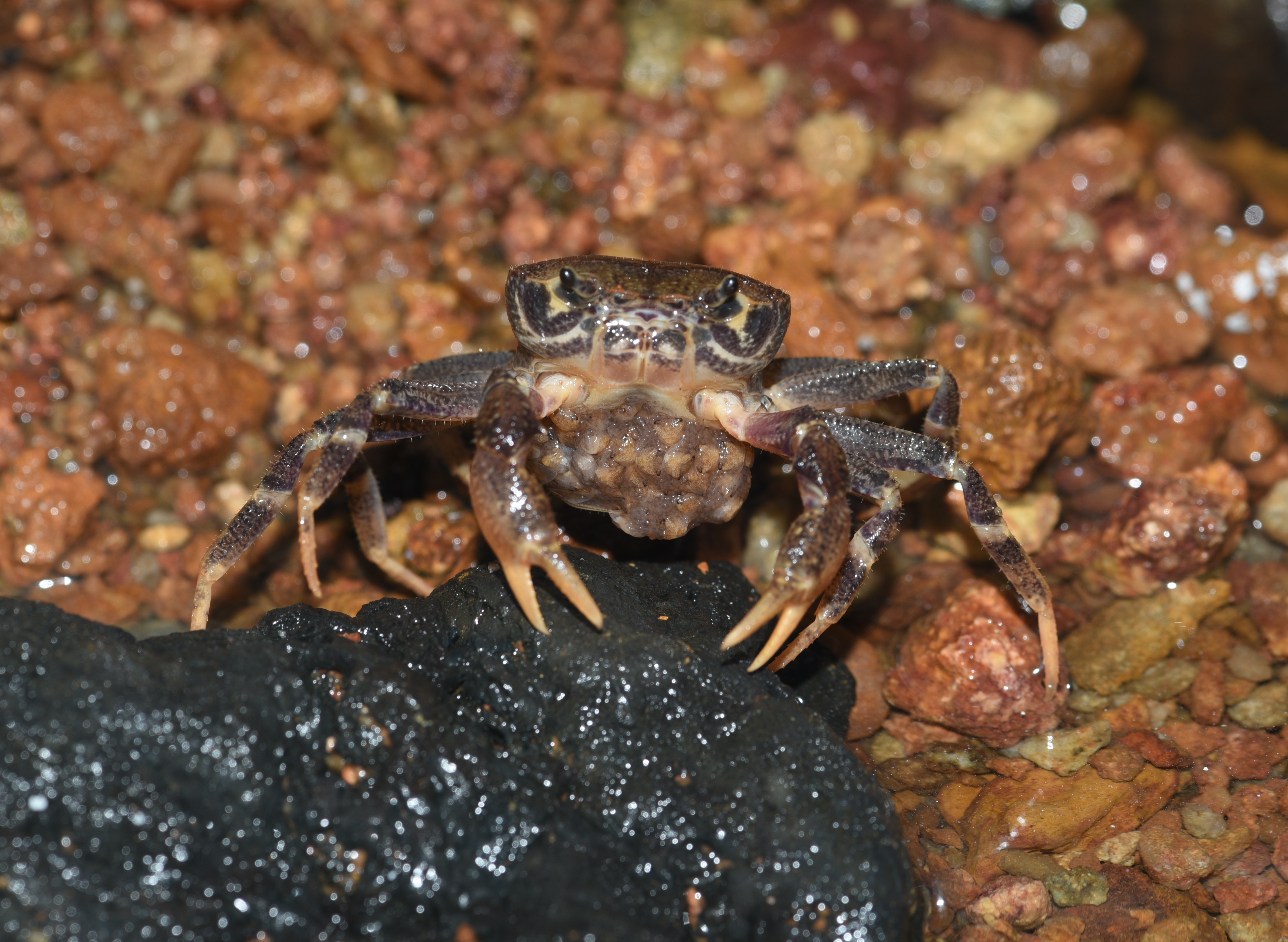 Female Singapore freshwater crab with crablets. Image by NParks.
Female Singapore freshwater crab with crablets. Image by NParks.
Unlike the Swamp forest crab, the Singapore freshwater crab only resides in the hilly streams of Bukit Timah Nature Reserve, Bukit Batok and Bukit Gombak.
NParks managed to breed the crab species for the first time in a research laboratory in 2018.
Over 100 of them were released at a hill stream at Bukit Batok. Subsequent field visits reveal that a population has successfully established there.
Some of these captive-born crabs were also released at Bukit Gombak to boost existing populations in the wild.
Then, another 100 second-generation crablets were also produced for the first time in 2023.
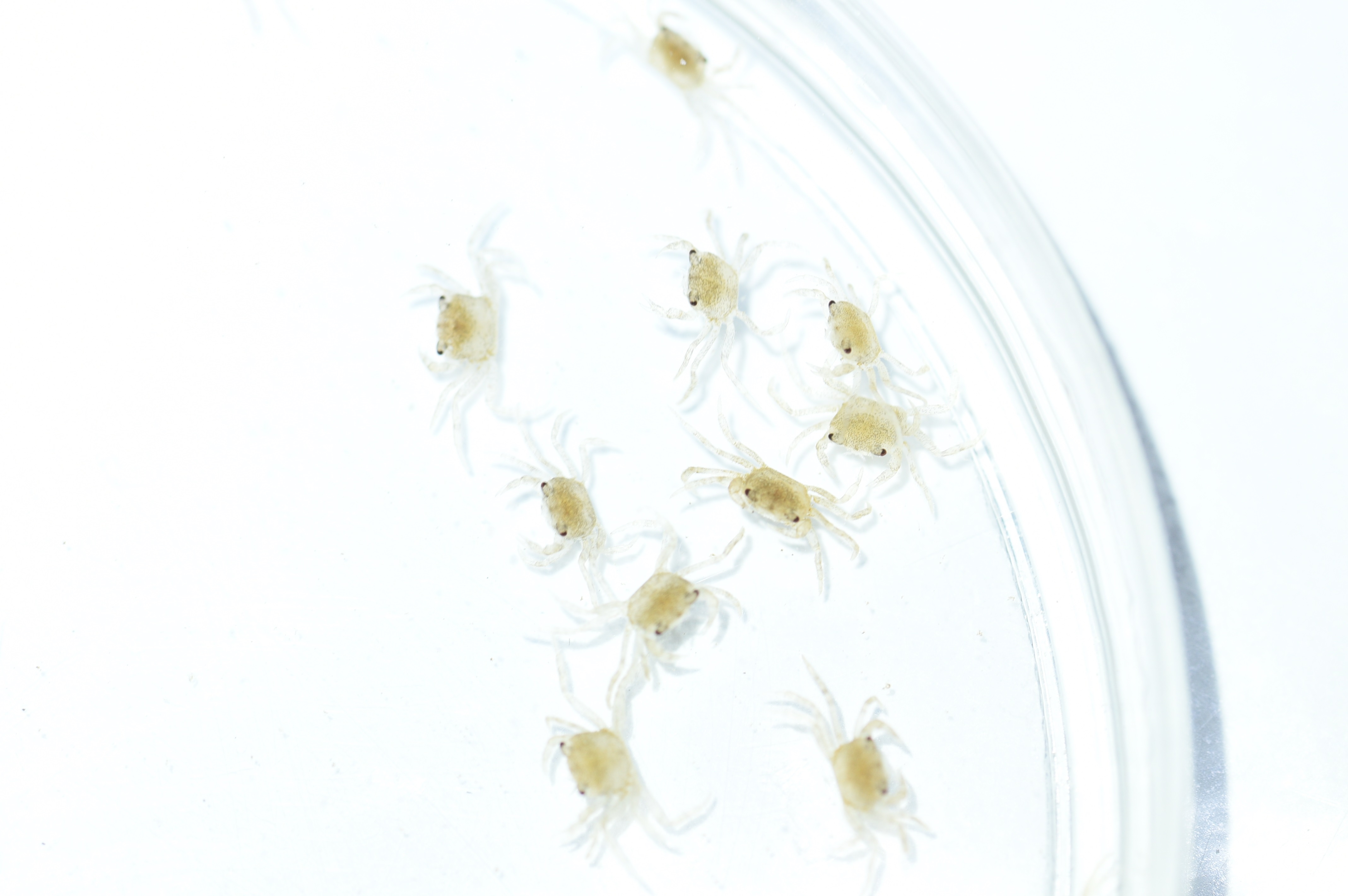 Singapore freshwater crablets. Image by NParks
Singapore freshwater crablets. Image by NParks
Conservation plan for over 120 native plants and animals
This work is part of NParks' Nature Conservation Masterplan, which was introduced in 2015.
Under the species recovery programme, NParks is currently conserving over 120 endemic, rare or threatened native flora and fauna through reintroduction, habitat enhancement and protection.
One species under the programme is the Straw-headed bulbul, a critically endangered songbird which has built a stronghold in Singapore due to conservation efforts.
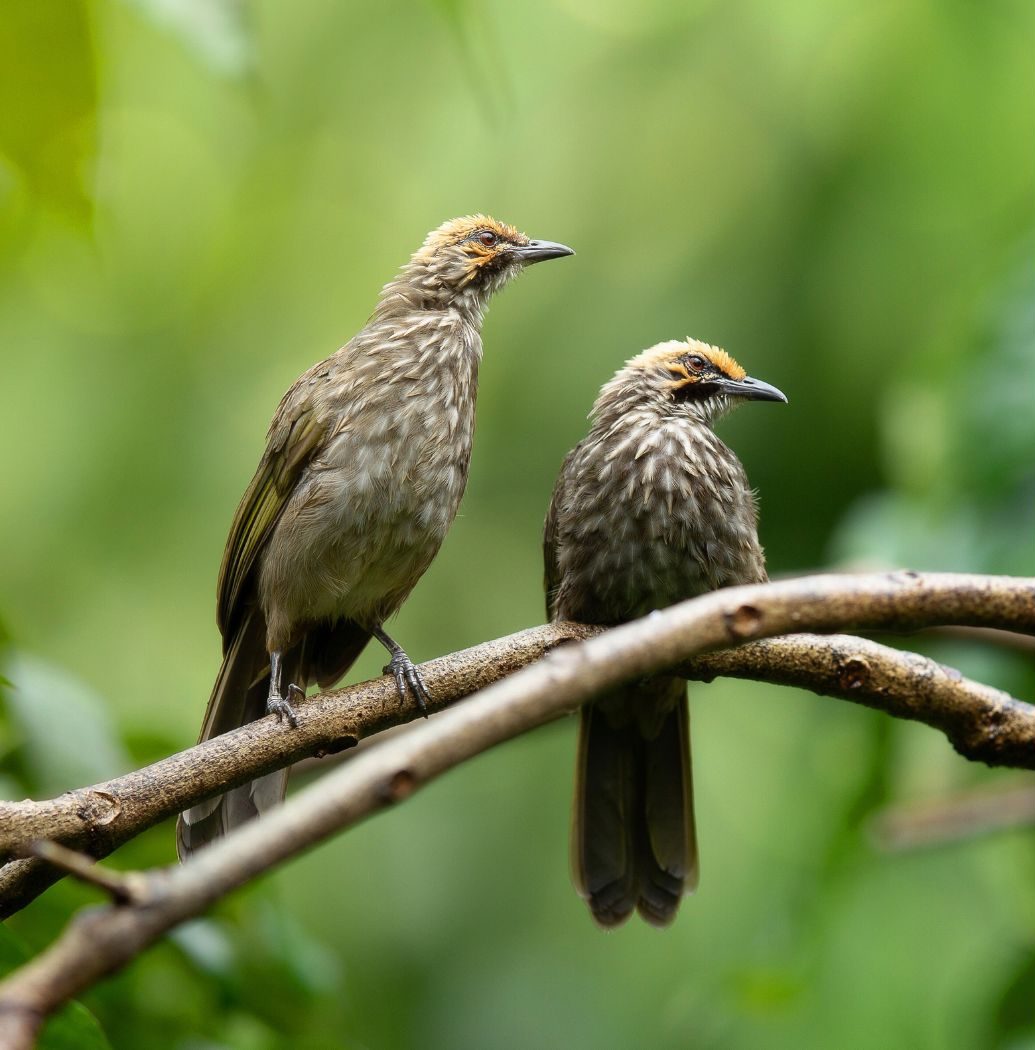 Image via Canva.
Image via Canva.
NParks expects to expand the programme to cover 100 plant and 60 animal species by 2030.
Top images by Foo Chan Seng and NParks.
If you like what you read, follow us on Facebook, Instagram, Twitter and Telegram to get the latest updates.

